More speed and capacity than LTE with room to grow.
Carriers like to cover their ads with phrases that you may have never heard unless you've been following 5G coverage closely. 5G technology uses wireless resources in a more sophisticated and efficient way than LTE ever did. It also brings in many new technical phrases to describe its coverage and speed. We feel it's important for us to explain these various 5G phrases and terms so that you can better understand how it is going to work on every carrier, especially with even some of the best 5G plans treating types of 5G differently.
5G NR
5G New Radio is the name of the standard being used to build out 5G coverage. When it comes down to it, all 5G equipment needs to work together consistently for years to come. Anything you see today called 5G is going to be using this standard, except for one major outlier.
5GE
The major outlier when it comes to 5G is 5GE, which isn't 5G NR. It actually isn't 5G at all. 5G Evolution is the name AT&T has given to its LTE Advanced network. While this represents the best of 4G with MIMO support and fiber optic backhauls, it really has nothing to do with 5G.
5G NSA or non-standalone
Some 5G NR deployments are working as 5G non-standalone, which means they rely on the existence of a 4G LTE network to function properly. This 4G network can be used for certain information necessary for establishing a connection to a tower. The early stages of 5G deployment had phones falling back on 4G for uploads mainly but have started to move towards a standalone 5G network.
5G SA or Standalone
Standalone 5G or 5G SA is the future of 5G NR deployment since it will be able to operate on its own. This will make deployments simpler and cheaper. It can also lead to an overall stronger network since the entire infrastructure will be new. T-Mobile is now using 5G SA on phones that support it, with AT&T also moving to SA in late 2020. T-Mobile has claimed that there are both speed and coverage improvements thanks to the move.
DSS or Dynamic spectrum sharing
When a carrier wants to use its 4G spectrum for 5G, it has to decide whether to discontinue 4G service or share it with 5G. The best way to get this done right now is DSS or dynamic spectrum sharing. With DSS, equipment on the tower changes how much of the available spectrum should be available for each connection type on the fly. Within milliseconds, the network can be adjusted to fit different types of loads.
AT&T is using DSS for its low-band 5G network in a few areas, while Verizon is currently using it for its entire sub-6 5G network. Unlike AT&T and T-Mobile, Verizon has yet to launch any 5G that uses dedicated spectrum apart from its Ultra Wideband mmWave network.
RAN or Radio Access Network
A Radio Access Network refers to the equipment that sits between your wireless device and the internet connection at large. This tech has been evolving with wireless networks to efficiently and quickly connect your device to the internet or your carrier's wireless network. Once you connect to the closest tower, the RAN connects you through to the core network. 5G RAN does offer a bit more since it aims to bring more of your services closer to you, improving speed and latency.
Core network
The core network is where your connection is taken after it has been directed by the other equipment in the tower. This can be a connection to a subnetwork, such as a network that provides a connection to a building or a larger network that can direct traffic all over the world.
Latency
When your device tries to load online content, a request is sent from your device to the server, and then the server sends back an appropriate file. The amount of time this takes is called latency. Latency depends on a lot of variables, but one significant piece of the puzzle has long been the cell tower serving all the devices connected to it since it has to juggle and prioritize every connection from every connected device. Measured in milliseconds, this transmission time greatly affects the responsiveness of a connection. Lower latency has been at the core design of 5G and will likely prove to be one of the biggest upgrades over older tech.
Bands
Even older wireless technologies like 3G and 4G operated on wireless bands. These bands are just chunks of frequency reserved for a company that has licensed them from the FCC. Think of it like using between 600Mhz and 610Mhz as a single band, or collection, of all the frequencies that can be utilized effectively for one purpose.
5G tech can utilize a very wide range of bands. From low bands offering the sort of coverage we have become used to with 3G and 4G up to very high-frequency bands that offer enormous speeds thanks to being available in large chunks but with a few significant compromises. Most carriers will utilize several different bands at once to add capacity or simply to have more flexibility for local restrictions. T-Mobile, for example, has 5G on bands n41, n71, n260, and n261.
Millimeter-wave
Living in the space at 28Ghz and higher, millimeter-wave 5G has access to huge chunks of data allowing speeds in excess of 1Gbps. Referred to as high-band by the FCC, and mmWave by Qualcomm and AT&T, this is the current spectrum utilized by Verizon for its Ultra Wideband 5G as well as part of T-Mobile and AT&T's 5G networks. One issue with these frequencies is immediately apparent when it comes to coverage.
5G in the high-band requires a lot of smaller, lower-range nodes, increasing the cost of deployment and allowing for a far larger number of connections in dense urban areas. While millimeter-wave highlights the benefits of 5G immediately with its immense speed and capacity, as time goes on, a combination of all of the above will make up the future of 5G coverage.
5G on mmWave has led some people to believe it is the cause of health problems or will have long term negative effects due to the cell nodes being much lower and closer to people than older cell towers. There is no evidence to support that mmWave 5G is harmful to people, at least not at the power levels these nodes operate at.
UWB or Ultra Wideband
Ultra-Wideband is the phrase Verizon Wireless uses to describe its use of high-band mmWave 5G technology. Referencing the ability to use a much larger band at higher frequencies, Verizon's UWB should look very similar to other mmWave deployments. Verizon has been hard at work expanding this deployment and has even started using it for high-speed home internet.
This has led to some phone fragmentation since many phones equipped with only sub-6 support on other carriers will need additional equipment leading to a Verizon-only UW edition of phones such as the OnePlus 8 5G UW.
Sub-6
Sub-6 5G references any 5G NR deployed on frequencies under 6GHz. Sub-6 5G will have better coverage than millimeter-wave but isn't as available, making the potential top speed lower. Currently, AT&T, T-Mobile, Verizon, and U.S. Cellular utilize sub-6 5G in the United States.
Low-band
The FCC says that low-band frequencies are 600Mhz, 800Mhz, and 900Mhz. Lower frequency signals are less susceptible to interference from things like walls and atmospheric conditions, making it a great choice for covering a lot of geographic space.
Many cell providers preferred these frequencies for years since they allow for large coverage areas with fewer towers. Today, however, people are using more data than ever, and the high value of these lower bands means that there isn't any growing room, and even with newer tech like 5G, they won't be able to keep up with the growing demand for data. For that, you need more frequency, and that is found in higher bands.
T-Mobile and AT&T have deployed a low-band 5G network at 600MHz and 850MHz, respectively. This has helped increase 5G coverage massively over millimeter wave deployments. T-Mobile, AT&T, and Verizon have all been able to cover millions of people thanks to low-band 5G.
Mid-band
Mid-band refers to the frequencies under 6GHz but above the low-band frequencies. This currently includes 2.5Ghz, 3.5Ghz, and 3.7-4.2Ghz. As time passes, more frequencies can be utilized that were previously reserved for defunct technologies like over the air television.
Sprint, now part of T-Mobile, deployed 5G service on its 2.5Ghz n41 band. This has proven to be a great balance of speed and coverage for urban and suburban areas. T-Mobile and Sprint subscribers with compatible equipment can now access any of T-Mobile's four available bands.
C-band
There is a constant battle for more spectrum between every industry that needs it. And there are quite a few industries that need it. The C-band is a communications band between 3.5 and 4.2 GHz that is being cleared for use with 5G. This mid-band spectrum will help 5G providers more quickly expand service with enough spectrum for high speeds, approximately 300 MHz.
Since it's part of the mid-band, this C-band spectrum will help quick 5G deployment thanks to its ability to deliver high speeds while still offering better building penetration than millimeter-wave. Recently, carriers spent more than $80 billion buying up spectrum in this range and phone makers are beginning to include support as well.
CBRS
This refers to the 3.5 GHz Citizens Broadband Radio Service. CBRS aims to use the spectrum between 3.5 GHz and 3.7 GHz to deliver faster, more reliable mobile broadband service for LTE and 5G. Many phones already support this frequency and will be able to benefit as soon as service is deployed. This spectrum also means that there should be better compatibility with other countries using the 3.5GHz spectrum for 5G.
OnGo is one of the main services to make use of CBRS and is already being prepared for use in places like airports or transit systems like the train system in Dallas. This service can allow for faster and more reliable connections than Wi-Fi can provide.
Unlicensed
Depending on location, there are unused and unlicensed chunks of spectrum. With new agreements, these spaces can be utilized for 5G and even 4G in the case of AT&T's 4G LTE LAA service. While it's not certain yet how much of this spectrum will become available for 5G use, 5G tech's flexibility makes it a candidate.
MIMO
Multiple-input, multiple-output technology, or MIMO, is being used on towers to help manage large amounts of traffic. This has been in use on upgraded LTE Advanced towers, but it's a big part of how 5G will deliver a smooth and consistent experience even when managing a lot of connections. In short, it manages connections to prioritize keeping connections active and moving without getting backed up due to heavier users.
Beamforming
Used to combat the reduced penetration on higher frequencies, beamforming is a technology that can use multiple sources of a signal to actively switch to a stronger and faster tower if one signal is blocked. This will be utilized to keep connections strong even when traveling between different cell sites.
Small cells
Finally, one of the most literal phrases on the list, small cells are cell phone sites much smaller than a traditional tower. These cell sites often reside on street light poles or the ceiling of a large indoor area. The weaker penetration of higher band signals makes it necessary to install many more, but significantly faster, cell sites in dense areas. While possible to use with LTE coverage, these small cells will see much greater use with 5G.
Best 5G Galaxy
Samsung Galaxy S21
$800 at Samsung $700 at Amazon $700 at Best Buy
Fast and responsive with 5G on all carriers
The Samsung Galaxy S21 brings support for sub-6 and mmWave 5G on nearly every carrier thanks to Samsung's great hardware and software support.
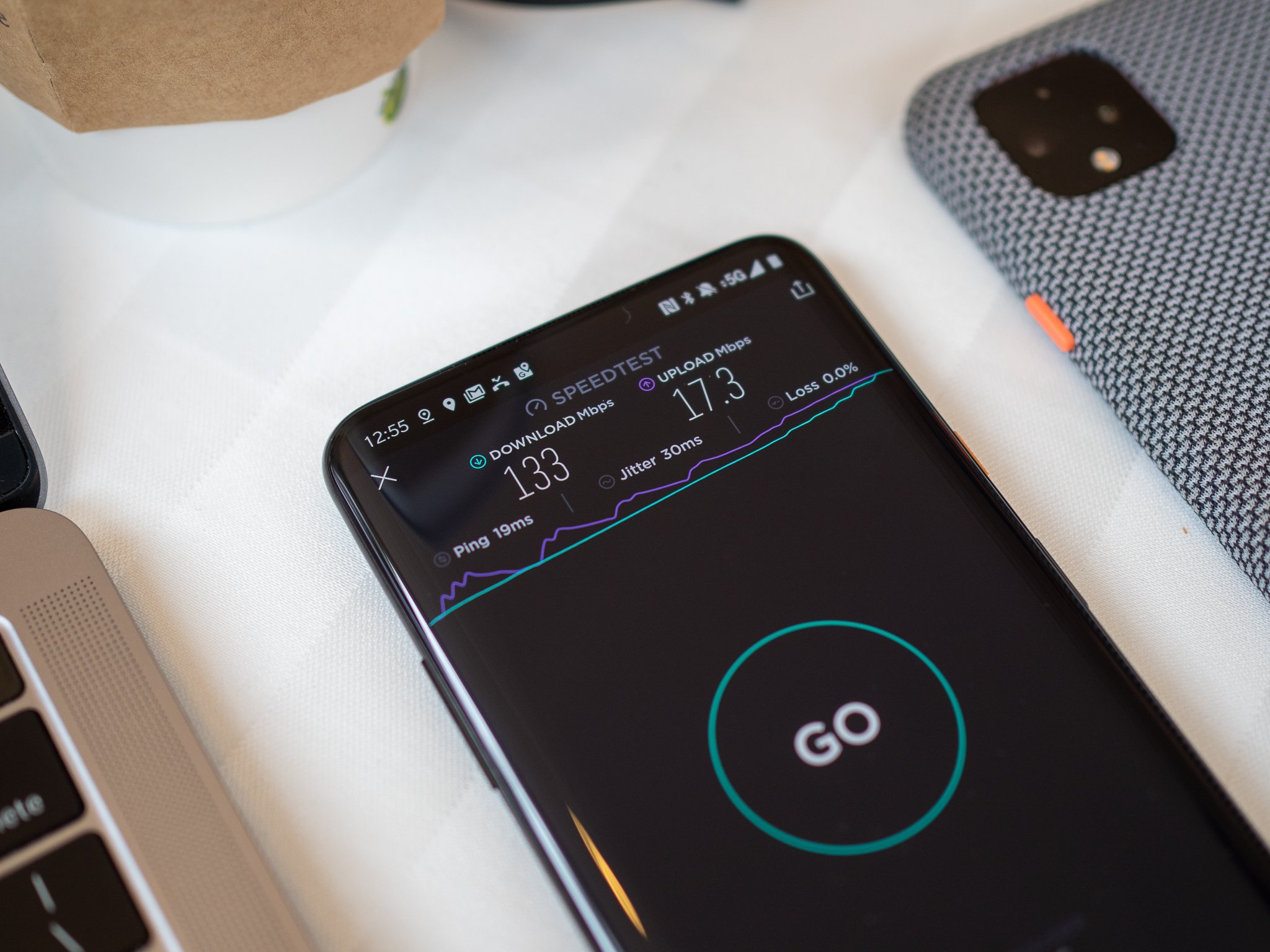

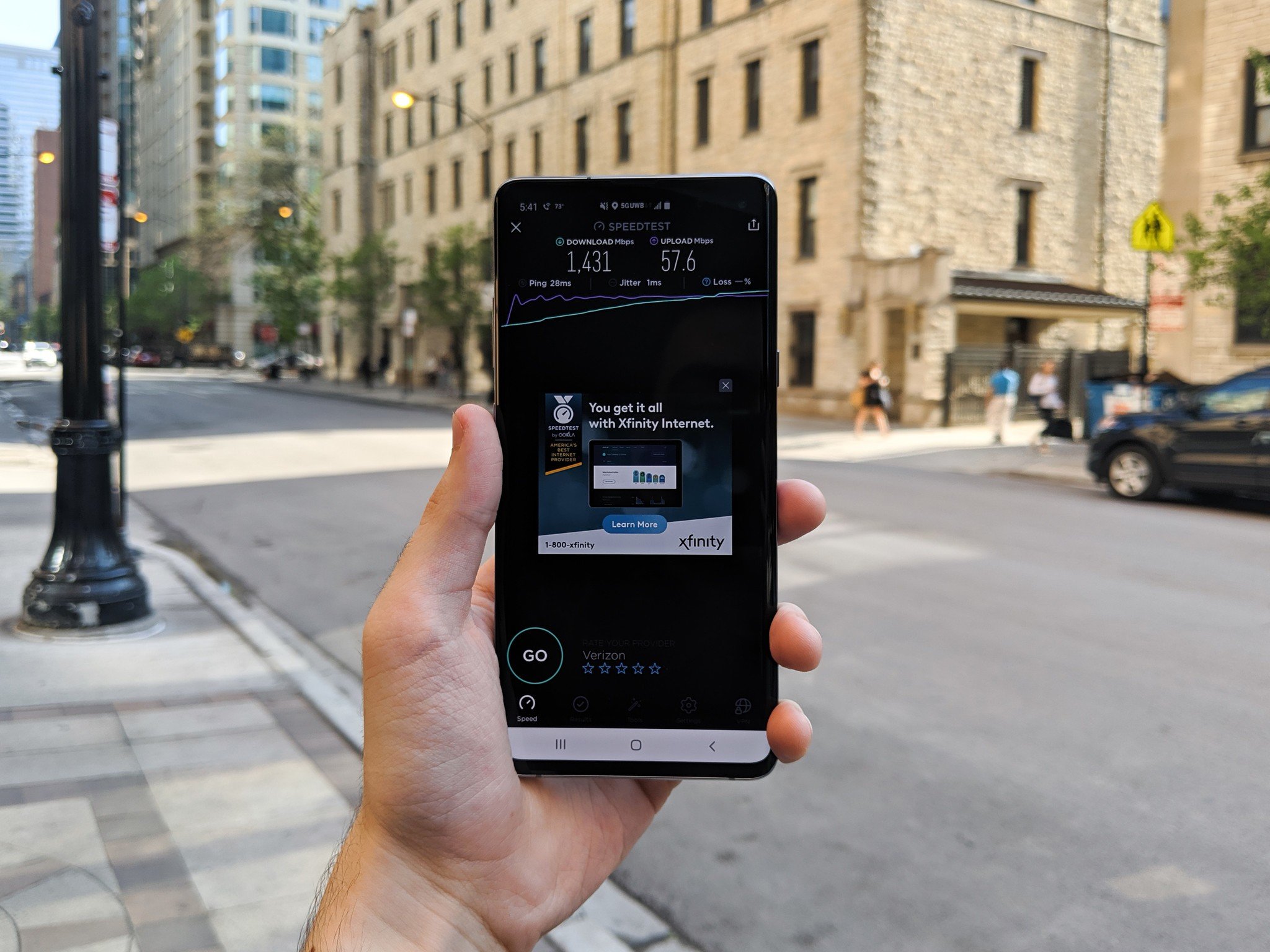
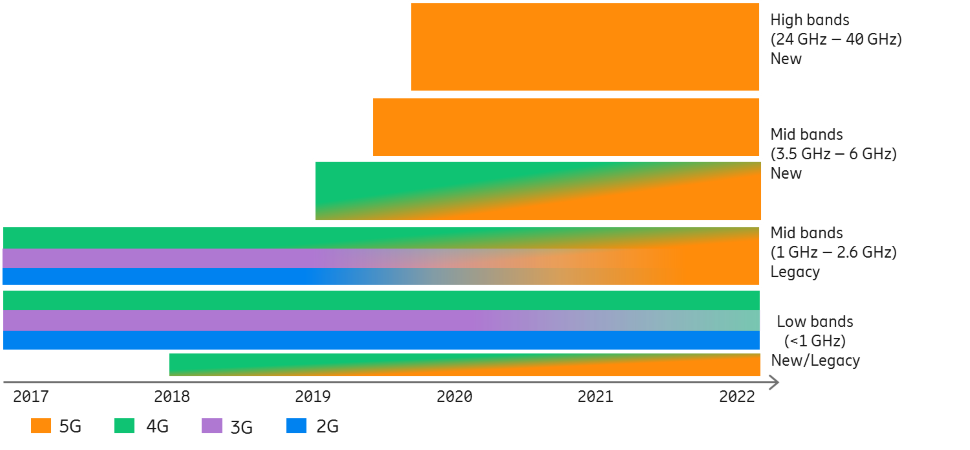
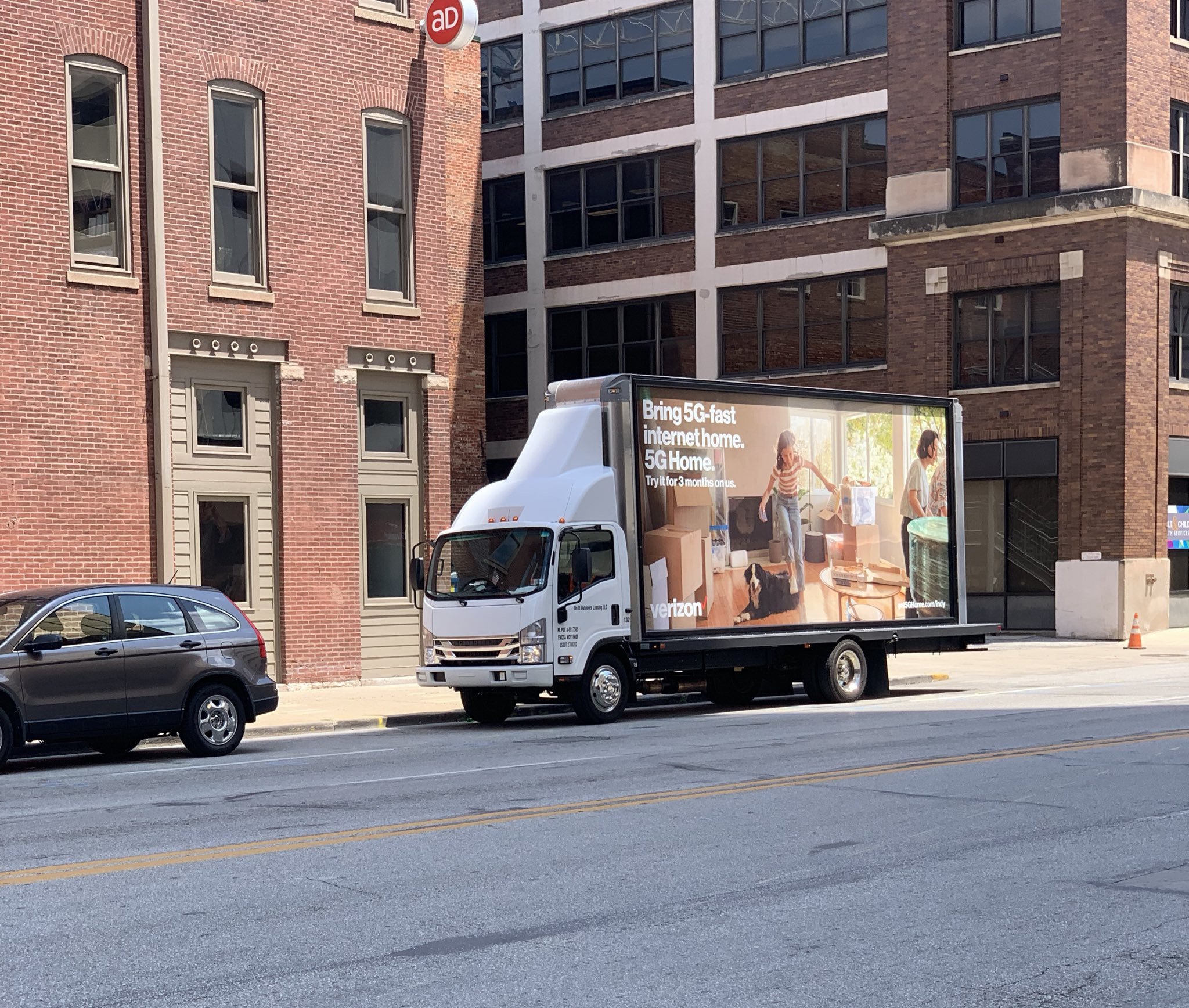
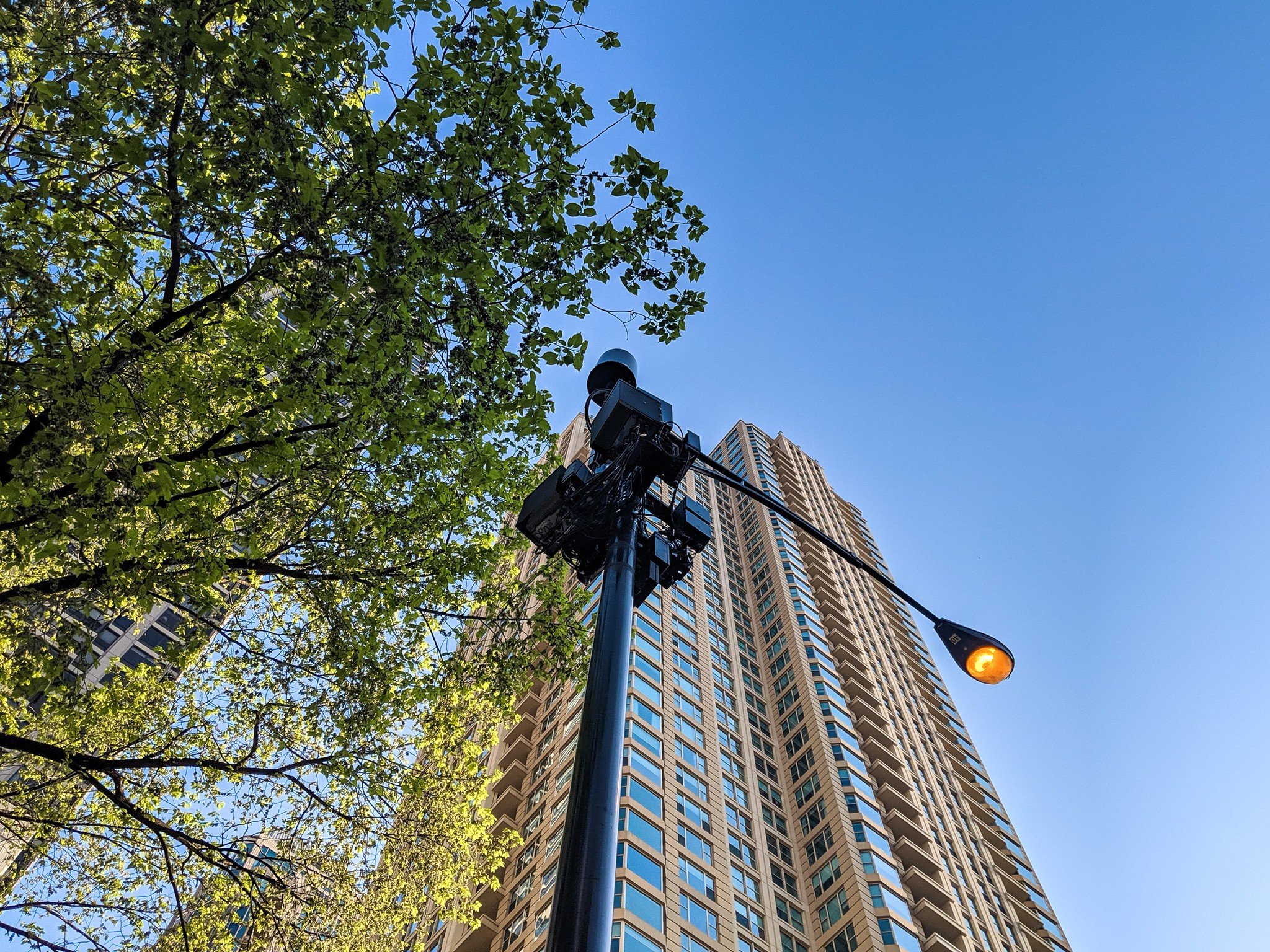
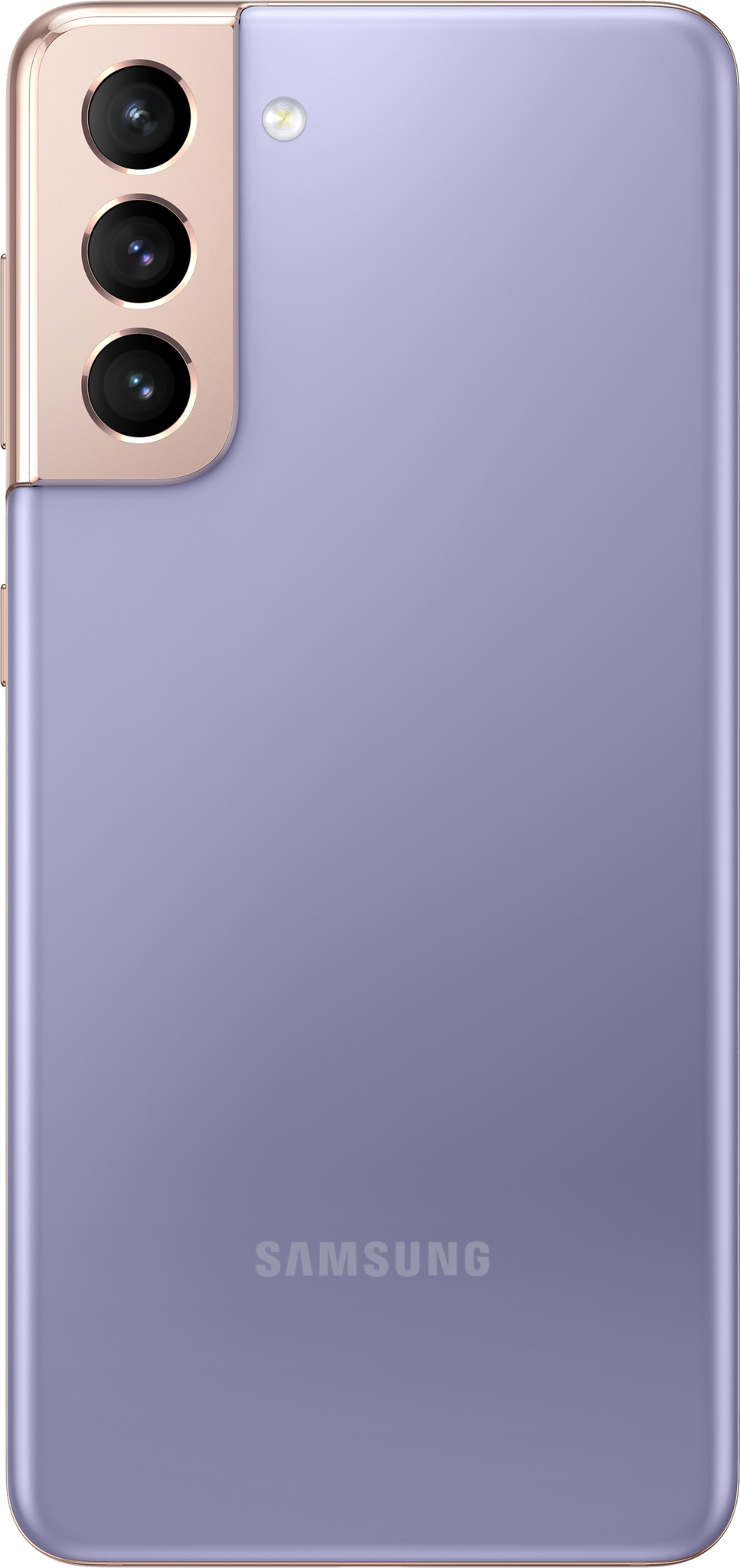
0 Response to "You Can See More: Millimeter wave, sub-6, low-band and other 5G terms you need to know"
Post a Comment